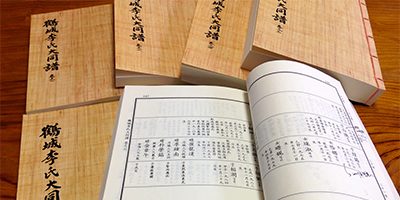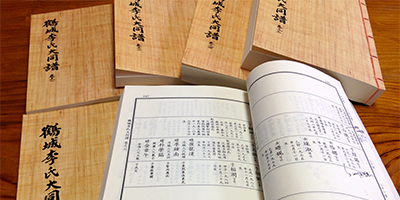Wedding Registries Reveal Migration Paths
Patterns in human movement have been studied using traffic data, mobile phone records, and even dollar bill circulation. A new investigation uses centuries-old Korean family books, called jokbos (족보 in Korean), as a record of emigration by female brides. The analysis of this movement, as well as more recent census data, shows that both diffusion- and convection-like phenomena may play a role in mixing different populations.
Understanding human mobility is important for improving city planning and for responding to outbreaks of disease. Previous modeling work has suggested that the statistical patterns in human movement resemble certain physical phenomena, such as the diffusion of molecules in liquids. However, these patterns are drawn primarily from short-term (a day to at most a year) tracking data, so it’s unclear whether the same models apply to longer-term migrations that affect cultural and genetic dissemination.
In Korea, marriages have traditionally involved the relocation of the bride to her groom’s home. Sang Hoon Lee of Sungkyunkwan University, Korea, and his colleagues analyzed of these marriages catalogued in ten jokbos that date as far back as the th century. The books don’t provide specific locations, so the researchers inferred migration paths from the geographic regions associated with each bride and groom’s clan names. Because the bride migration rate between regions was primarily dependent on clan population densities, the team tried to explain migration with a model in which Koreans moved randomly away (diffused) from high concentrations of their own clan. However, the estimated diffusion rate was too slow to explain how well certain clans have spread throughout the country. The team concluded that a directed convective-like flow towards the capital city Seoul enhanced the mixing rate. According to the authors, the combination of diffusion and convection may explain other human flow patterns.
This research is published in Physical Review X.
–Michael Schirber





